It has been 100 years since Lossiemouth’s Ramsay MacDonald walked into Downing Street as the UK’s first Labour prime minister.
Born in a thatched home in the community’s historic Seatown, he was far from the corridors of power and influence.
He was barred from building his family home in his preferred location due to his working roots.
He was thrown out of his local golf club for his anti-war stance.
However, the principled leader left his mark on the country and his home community with a legacy that continues to this day.
He was the first to appoint a woman to a cabinet position and led a “national government” comprising representatives of all parties upon the insistence of the king after he tried to resign, a move that had him expelled from the Labour party.
The Press and Journal visited the Lossiemouth family home, named The Hillocks, that Ramsay MacDonald had built. His granddaughter Iona Kielhorn lives there now.
Letters from world leaders to Ramsay MacDonald
Standing on Moray Street, The Hillocks gives very little away. It’s almost a complete stone wall with just two narrow staircase windows.
Only a small plaque added recently next to the gate gives its significance to UK political history away.
Around the other side the building appears grand with a large porch stretching out into a garden that was once the sand dunes that gave the house its name.
However, once inside it’s apparent this is no townhouse or country retreat you might expect of a 21st Century London leader. Instead, it’s a long and remarkably narrow building, almost thinner than the veranda itself.
But stored in the rooms are countless boxes of files with photographs of Ramsay MacDonald with world leaders and letters penned to him during his time in office.
Some are kept in the black despatch box bearing the insignia of King George V, which he used to carry his official papers from London to the Moray coast.
During his time in office he continued government business from The Hillocks, despite it having no electricity at the time.
The files include letters from Indian activist Mahatma Gandhi requesting an audience. It also includes photographs of him debating with Albert Einstein. A picture of him deep in discussion with Italian dictator Benito Mussolini is still kept in the house.
And on the staircase is an ornament given to him to mark him being awarded the freedom of Inverness.
However, there are also reminders of his infamous dispute with Moray Golf Club.
A whisky bottle commissioned by the club christened “Exclusion” is in a glass cabinet. It tells the story of how he was thrown out for his anti-war position ahead of the First World War.
Despite Ramsay MacDonald refusing an invitation to return after he became prime minister, the bottle still describes him as Moray Golf Club’s most famous member.
Iona Kielhorn said: “I moved here 15 years ago and the house had been empty for 30 years. I’ve tried to get it back to how he would have had it.
“I love history. It’s amazing the number of people who come to me and say they can remember the house from long ago.
“It was barracked during the Second World War and somebody told me their uncle was born here and could remember roses coming down the staircase.
“We recreated it for him as a surprise, he couldn’t believe it.”
Lossiemouth home filled with Downing Street memories
Ramsay MacDonald was first elected prime minister in January 1924, serving three terms over the next 11 years.
The custom at the time was for occupants of 10 Downing Street to bring their own furniture and staff with them.
Being the UK’s first working class prime minister, and one of the few without a university education, he did not have an existing household staff to call upon.
So upon his appointment he came back to Lossiemouth and asked around in the Seatown who wanted a job in London to help him while he runs the country.
Retired teacher Mrs Kielhorn said: “Of course lots of them went with him, and some of their grandchildren still stay in Lossiemouth now.”
Mr MacDonald also took with him several paintings of the local area, almost all of which were of Elgin Cathedral.
Many of them, including another of Bow Fiddle Rock in Portknockie, remain on the wall of his Lossiemouth home.
One in his cozy parlour opposite the fireplace, another in his bedroom and when you think you’ve seen them all another in his kitchen.
Mrs Kielhorn said: “I don’t know why they’re all of Elgin Cathedral. I think he just went into a shop and bought a job lot of them together.
“He needed something to cover the walls of 10 Downing Street with.”
Hillocks home in Lossiemouth held special place in heart
Ramsay MacDonald ordered The Hillocks built as his family home in Lossiemouth in 1909, just a few years into his first term in Westminster.
It stands in Lossiemouth’s Seatown, just yards from where the future UK leader was born.
He had wanted to build it on Prospect Terrace, which continues to be one of the most desirable streets in Moray with panoramic views overlooking the coastline.
However, the future prime minister was barred from his plot of choice due to a dispute about his background.
Iona explained: “He always said it was the most beautiful view in the whole world from up on the hill.
“Somebody at the time said there wasn’t any room for any more houses up there, despite two churches just being built.
“They told him ‘Socialists like you don’t live up there, get back into the slum where you belong,’ which was Seatown.
“So they built the same house in the Seatown instead.”
Tragically, Mr MacDonald’s wife Margaret, herself a prominent advocate of women’s rights, died just two years later from blood poisoning – before she could see her husband become prime minister.
Mrs Kielhorn said: “They had 14 years of happy marriage. He took her death very hard, he barely smiled afterwards.”
Ramsay MacDonald died from heart failure in 1937, just two years after stepping down as prime minister.
Leaders of the day attended a huge funeral at Westminster Abbey, where he could have chosen to be buried alongside royalty.
However, he instead left instructions for his ashes to be buried at Spynie on the outskirts of Elgin with his family, where he had played as a schoolboy.
In pictures: Inside The Hillocks in Lossiemouth
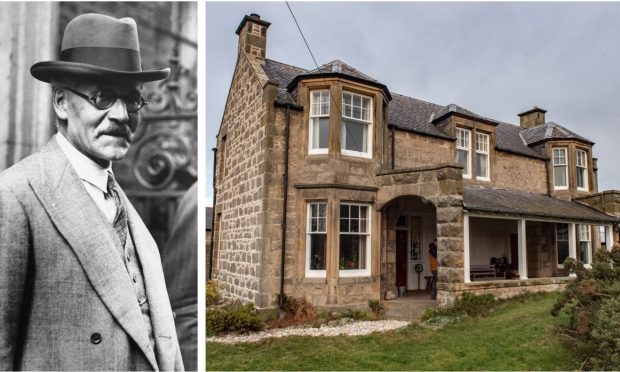
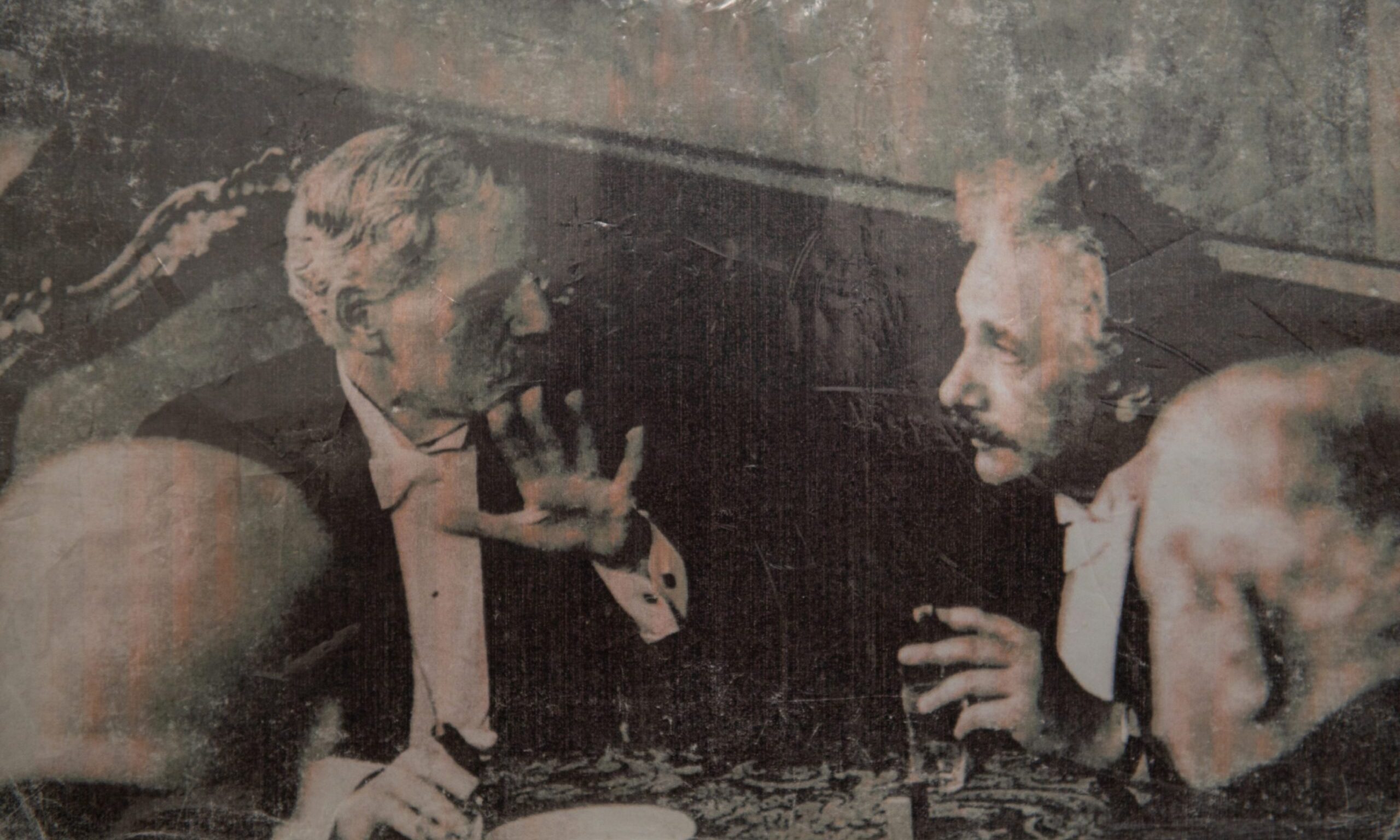
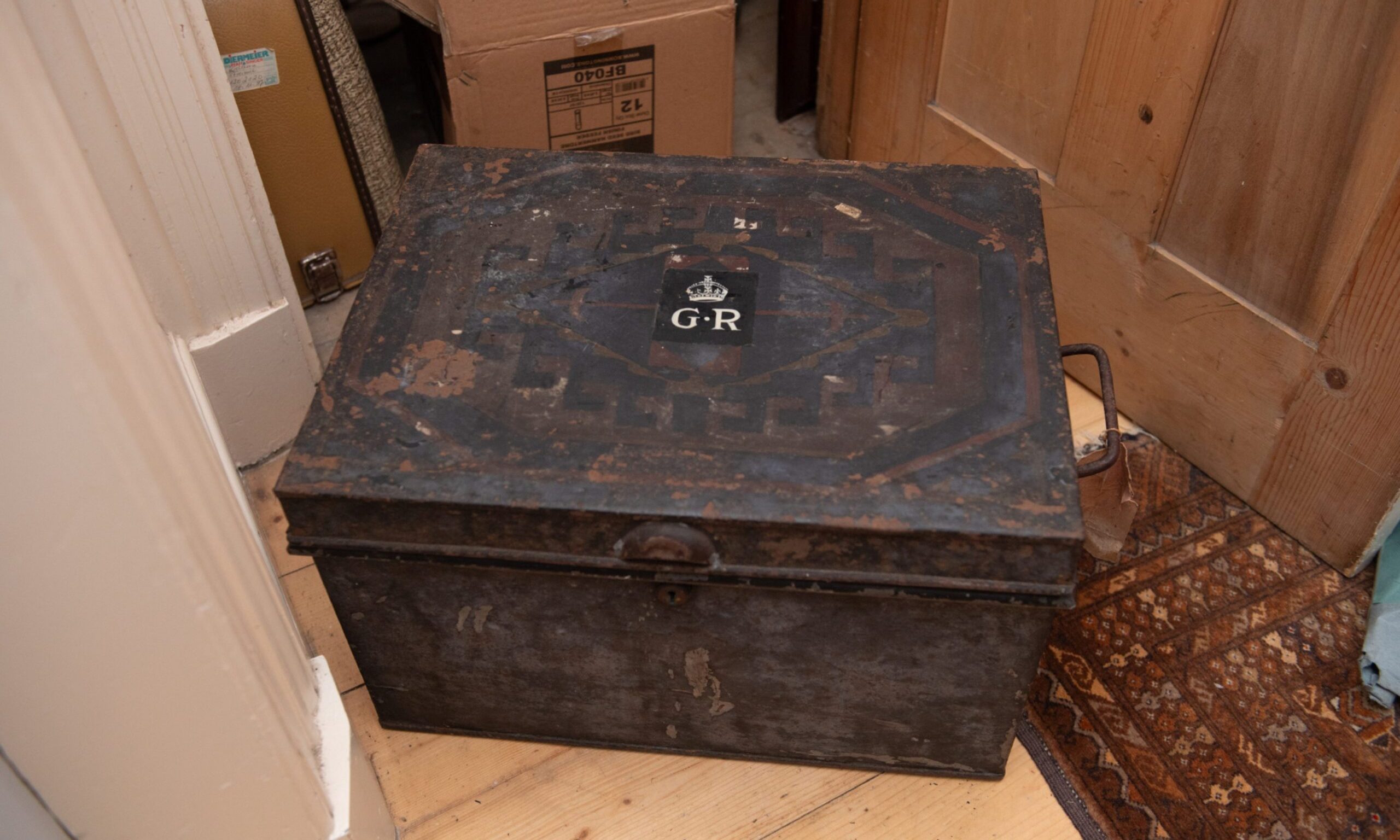
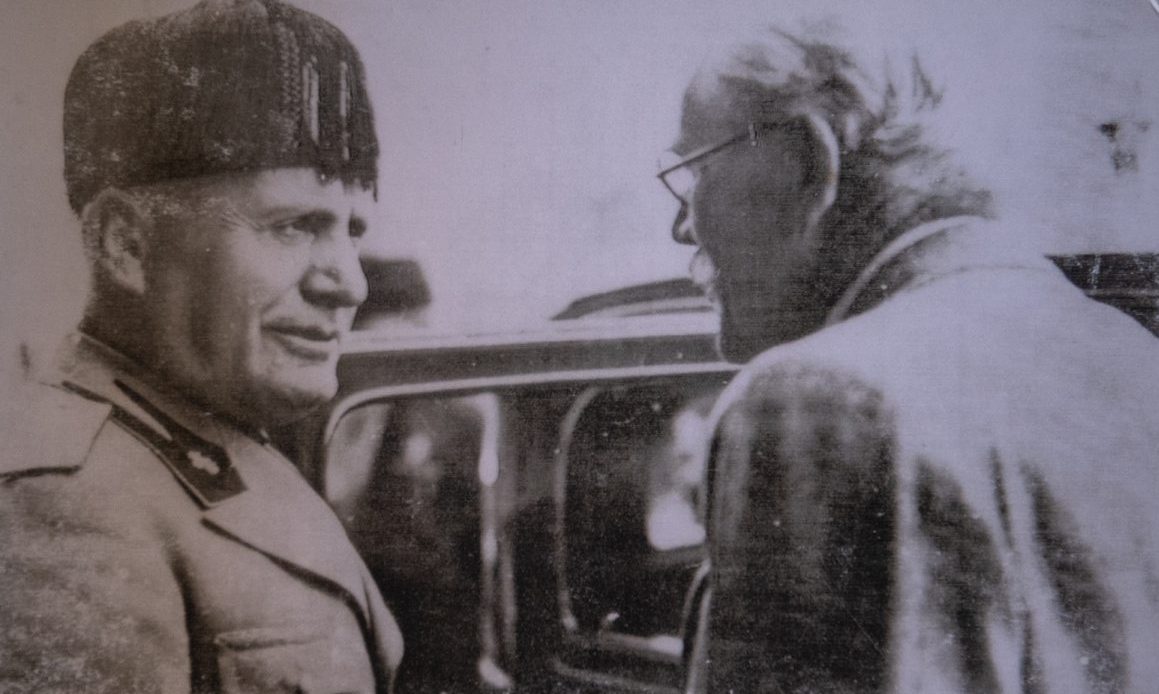
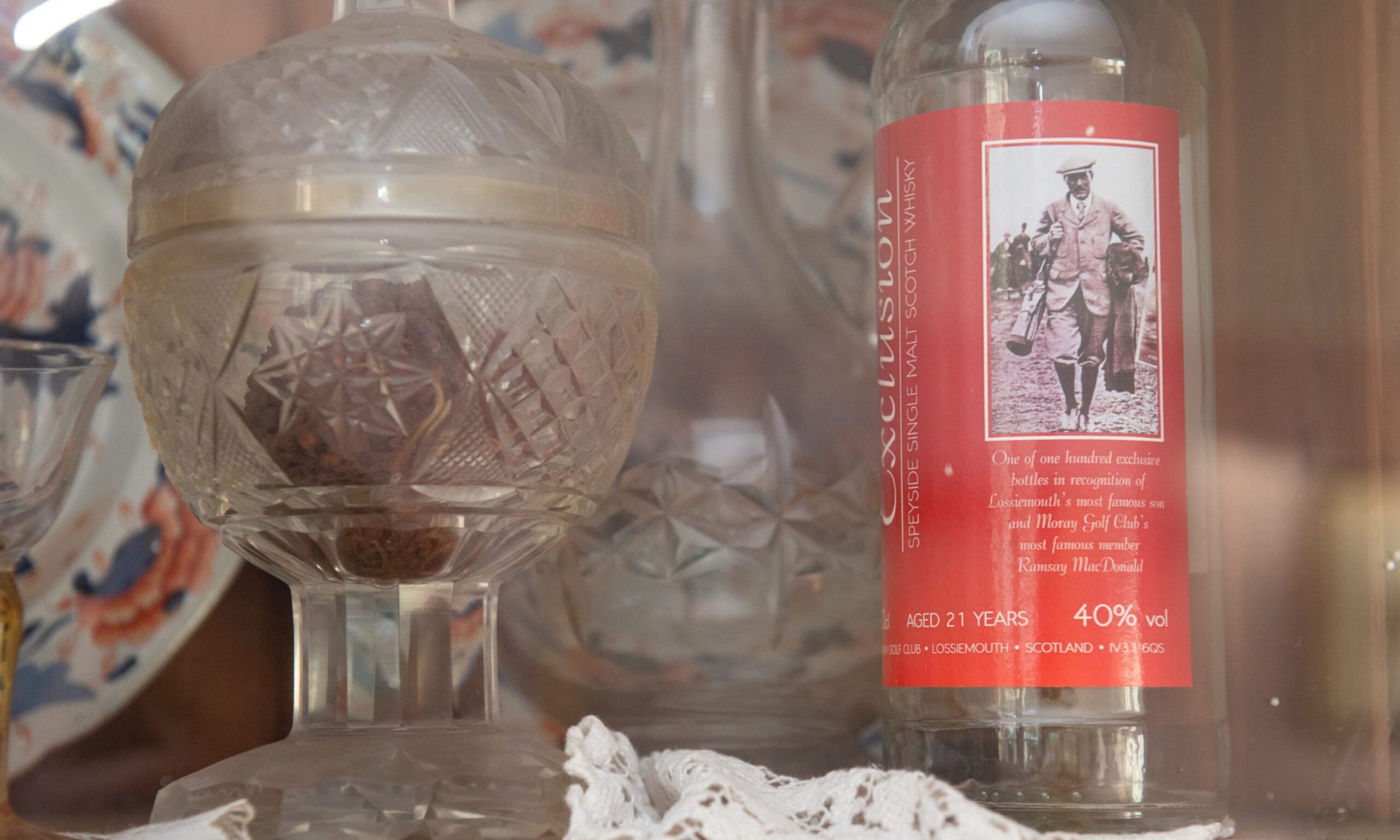
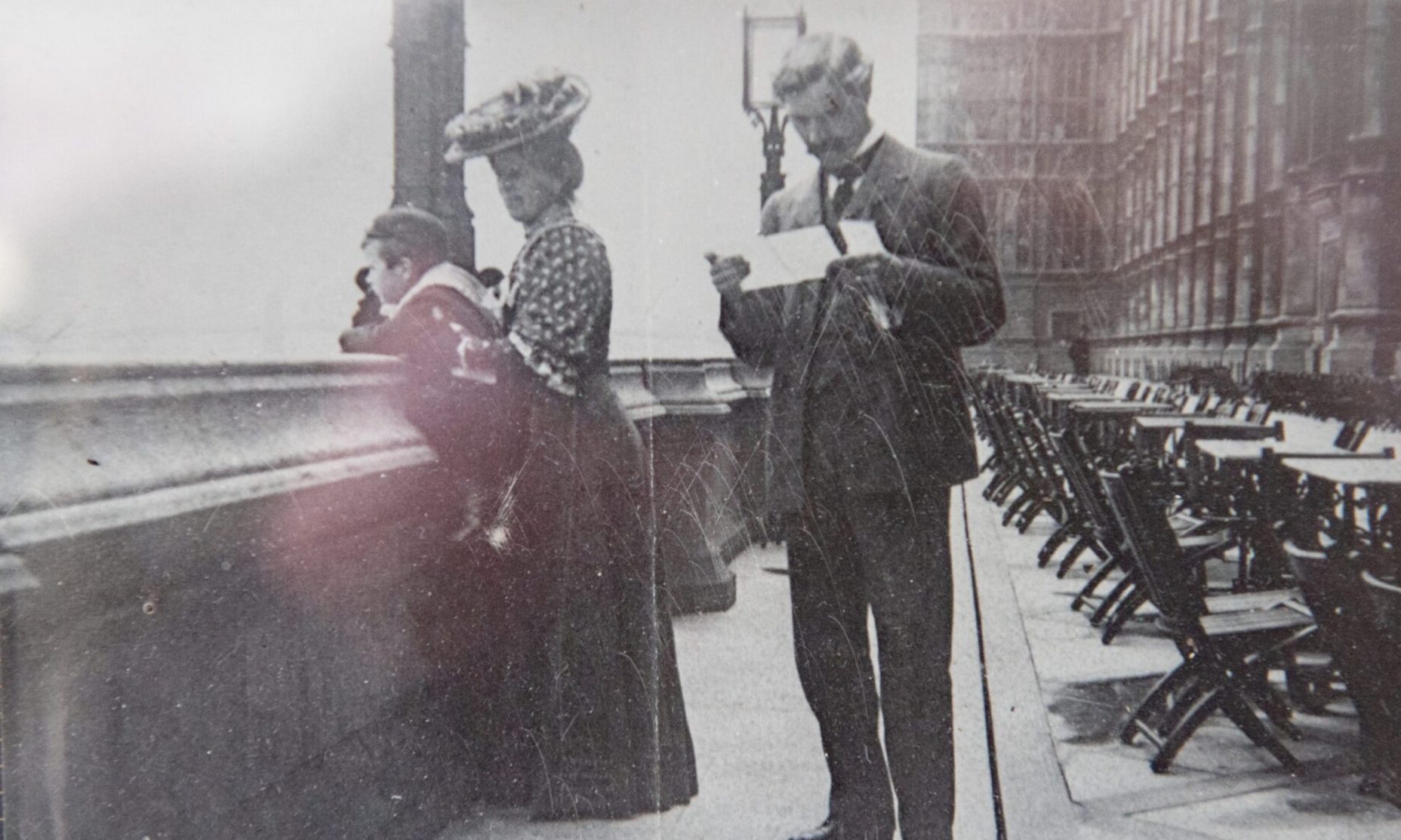
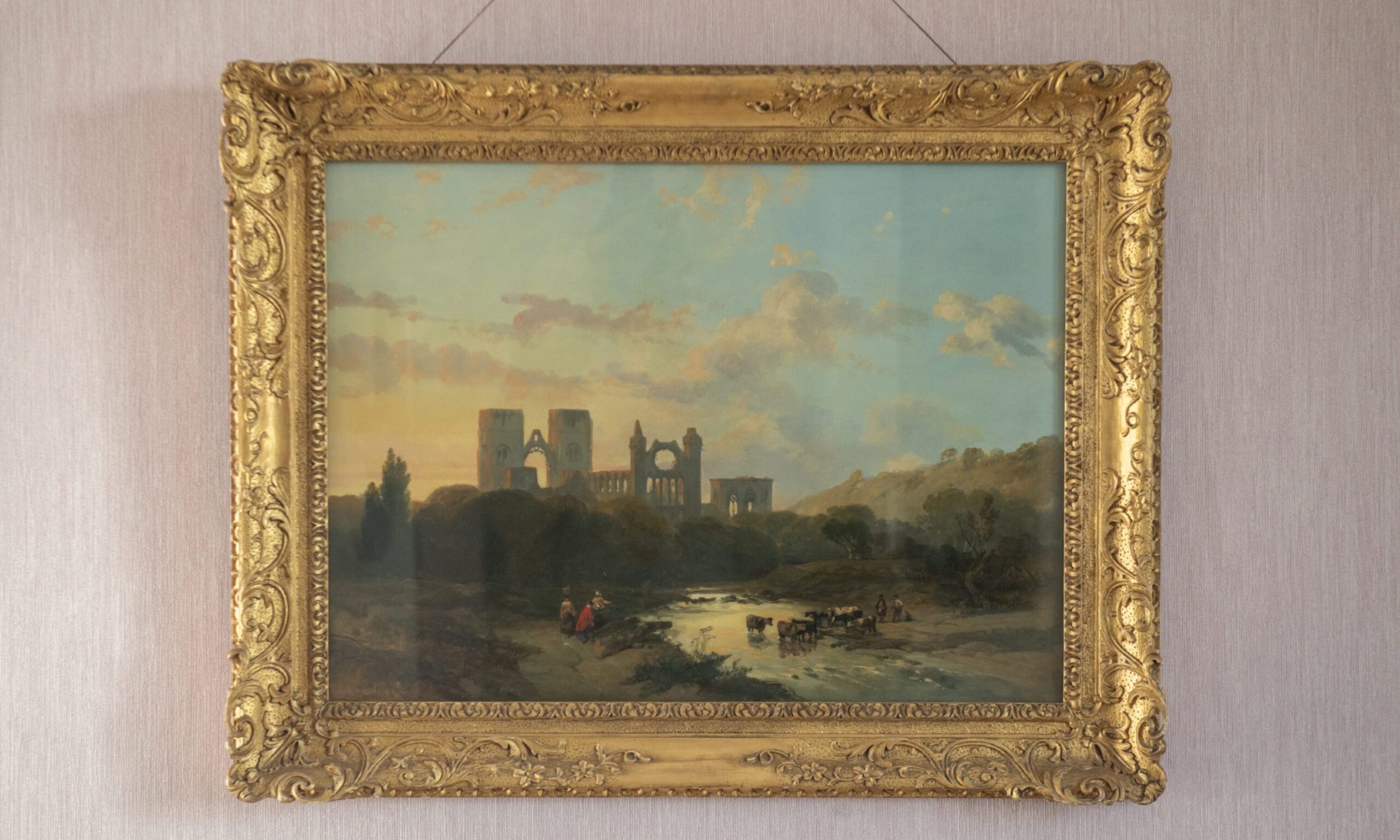
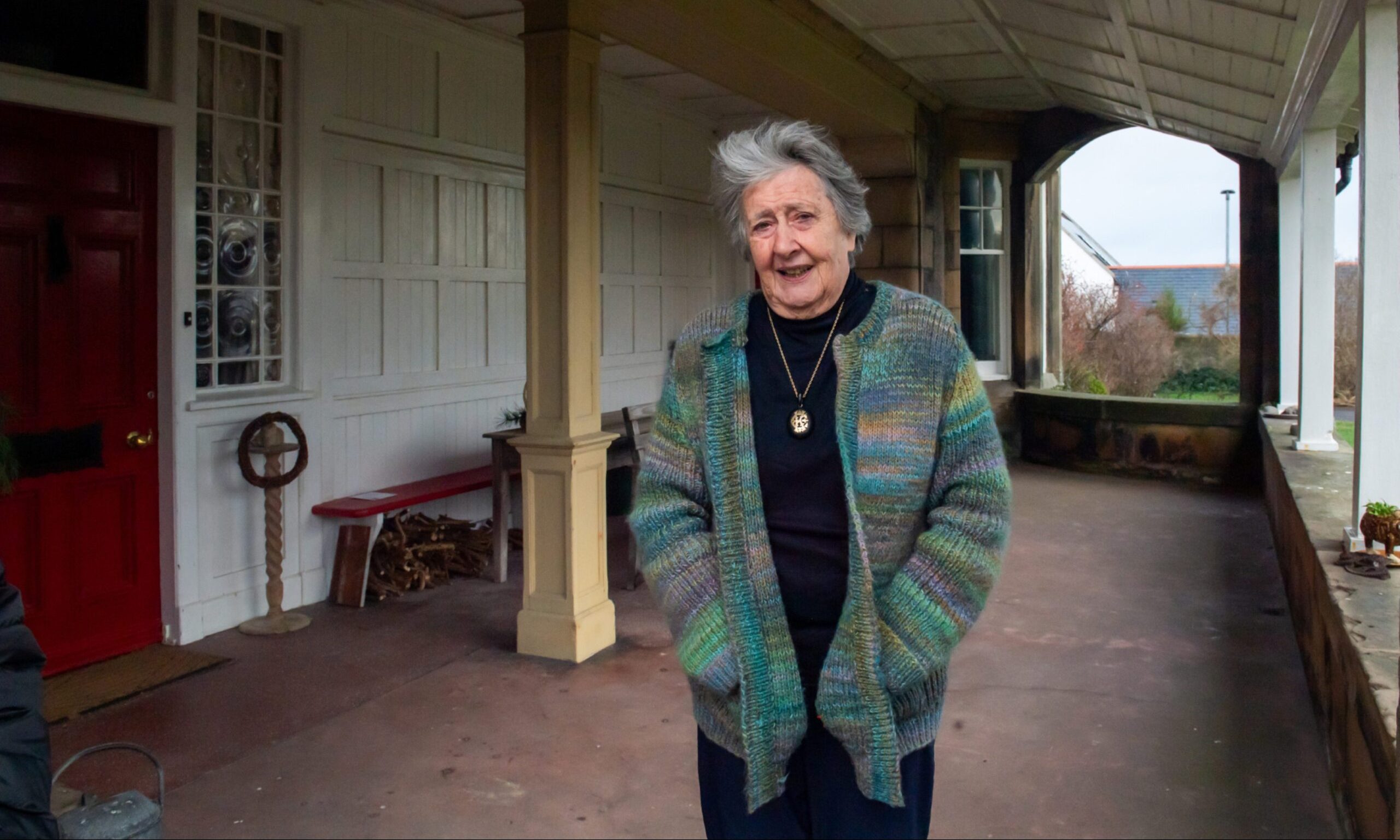
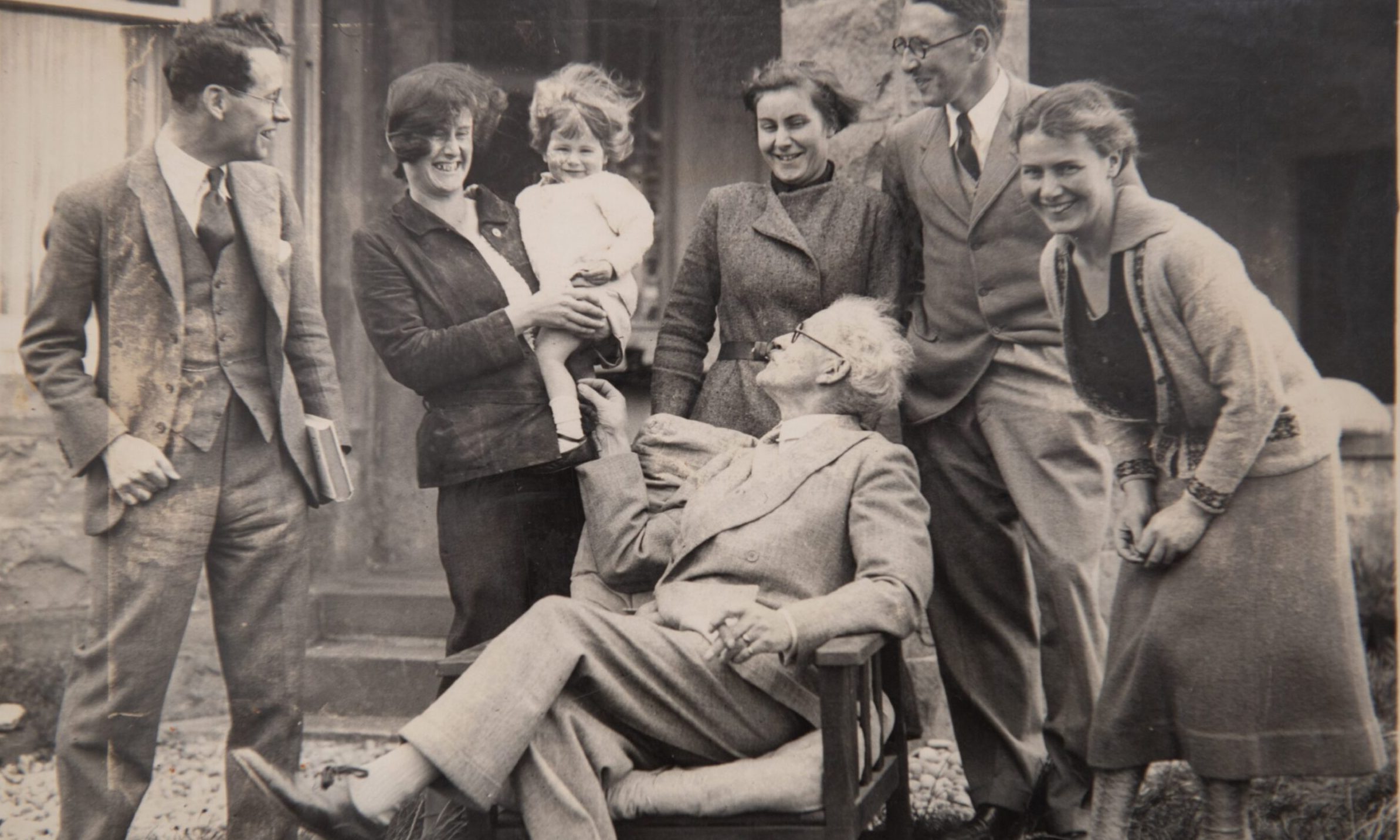
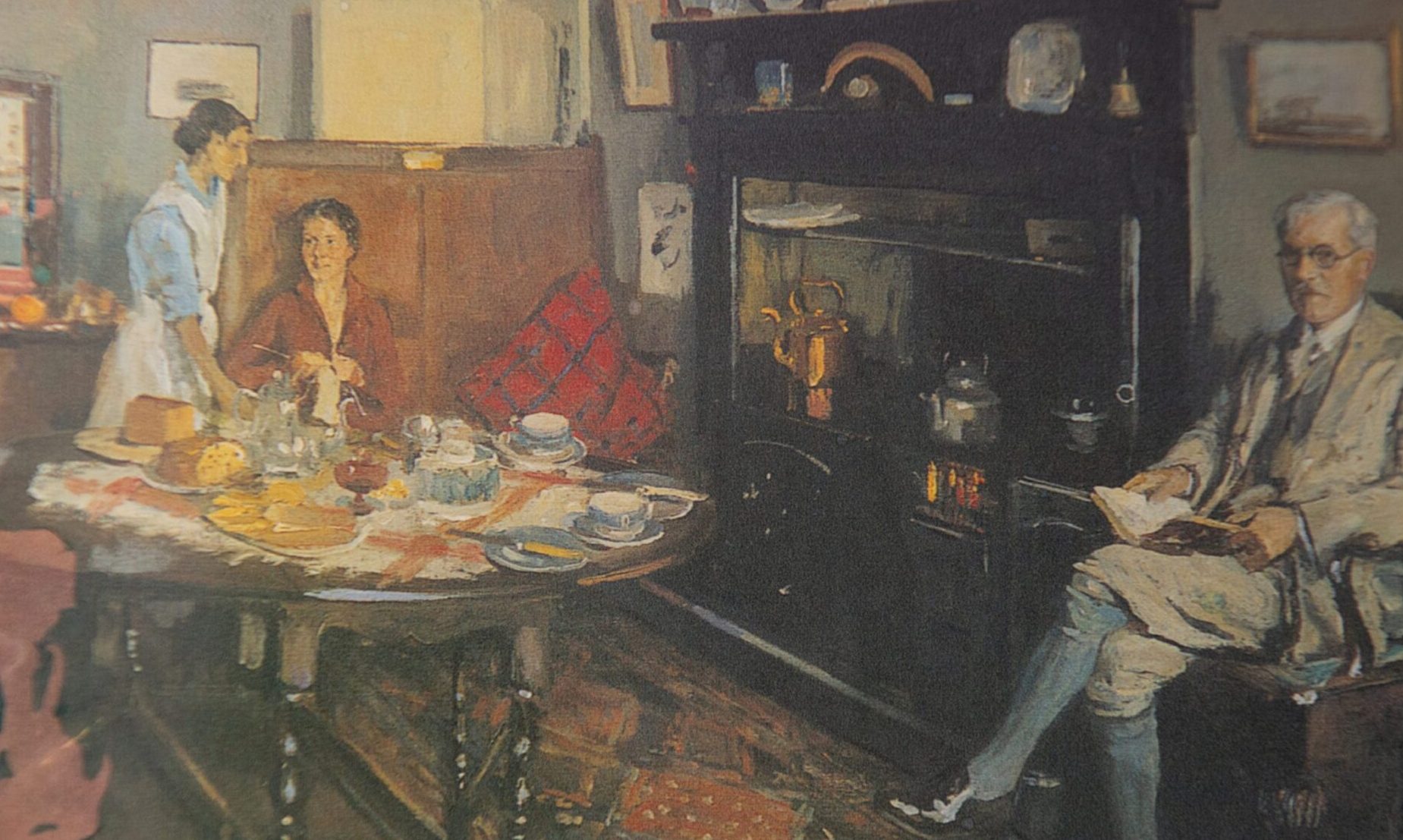

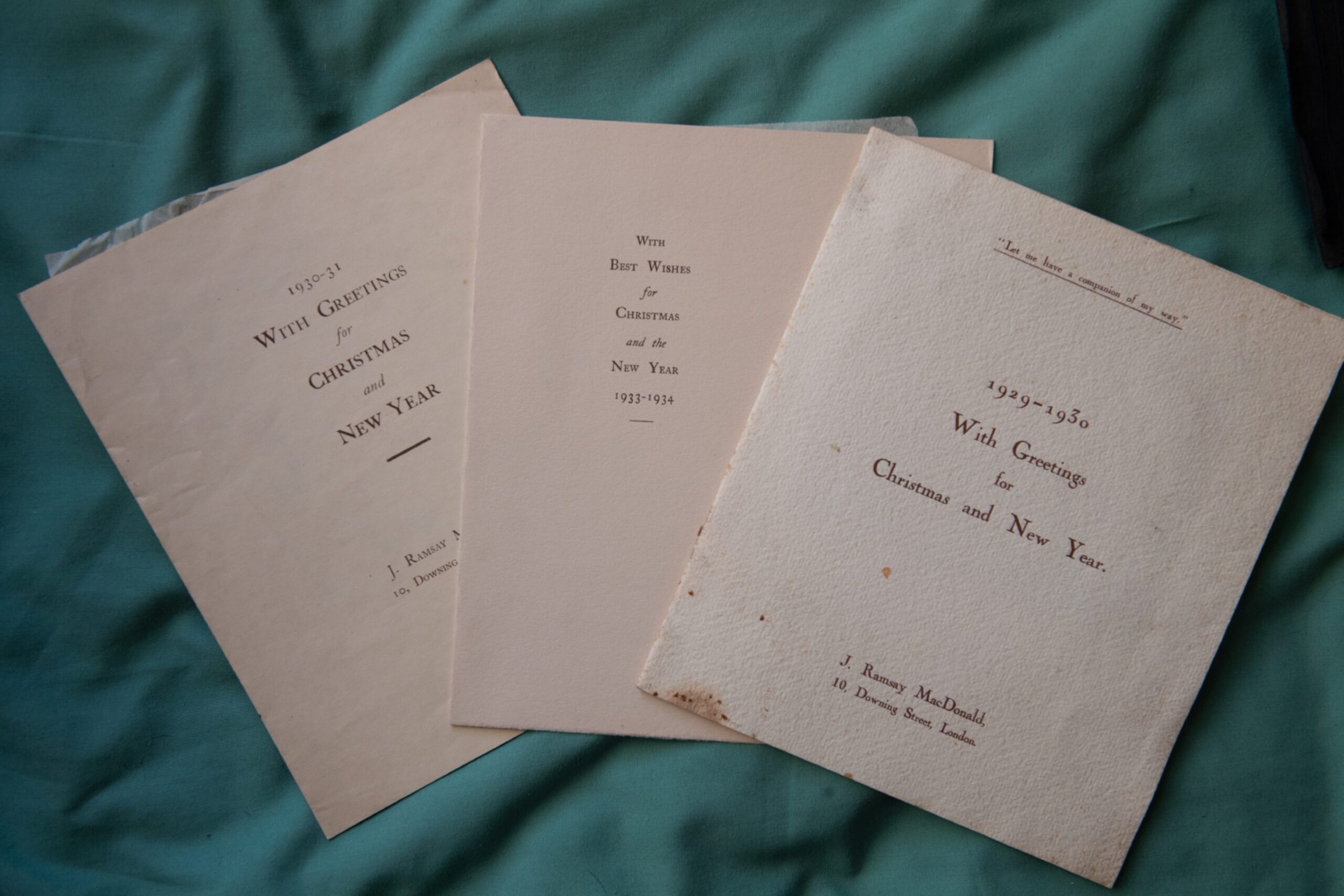
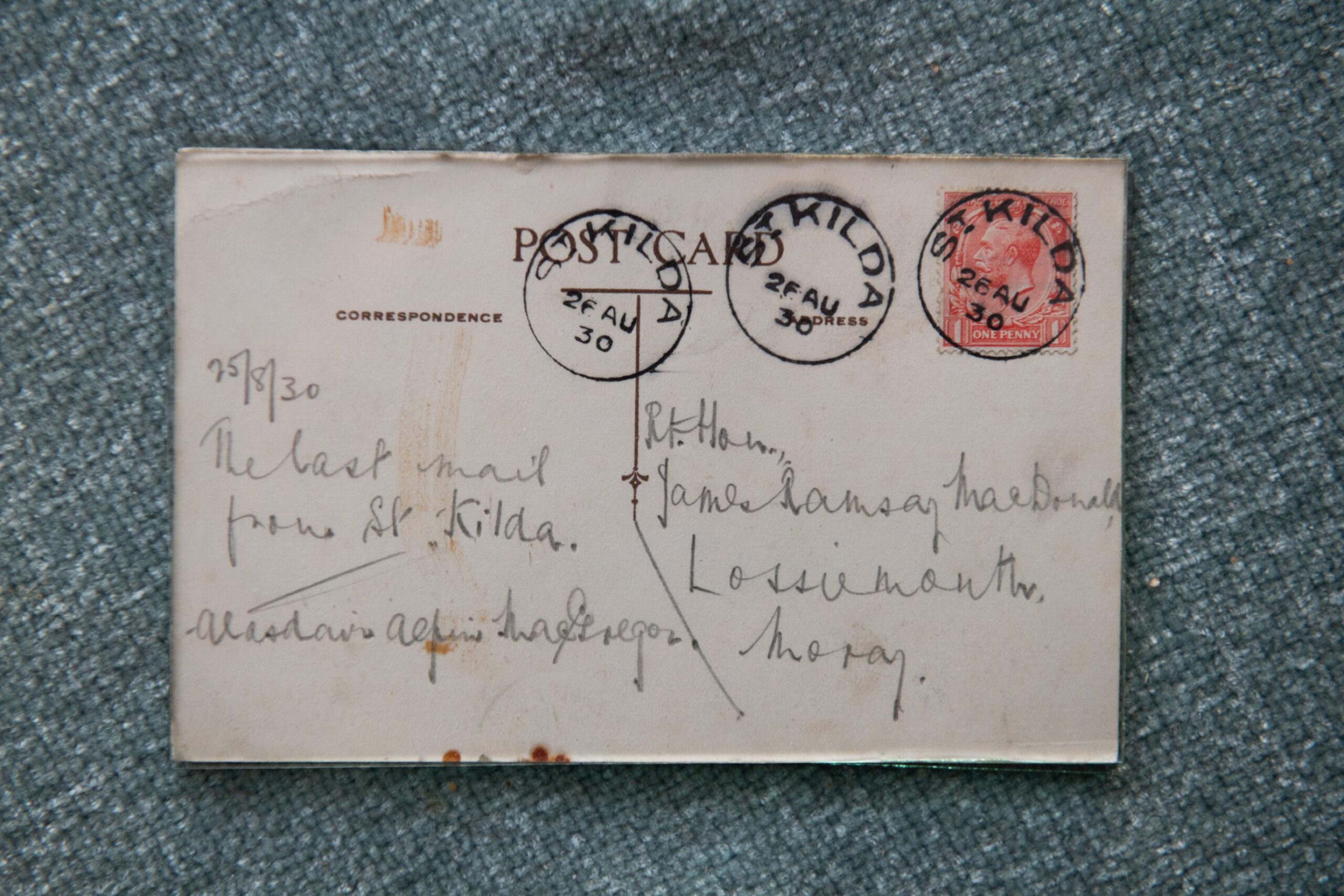

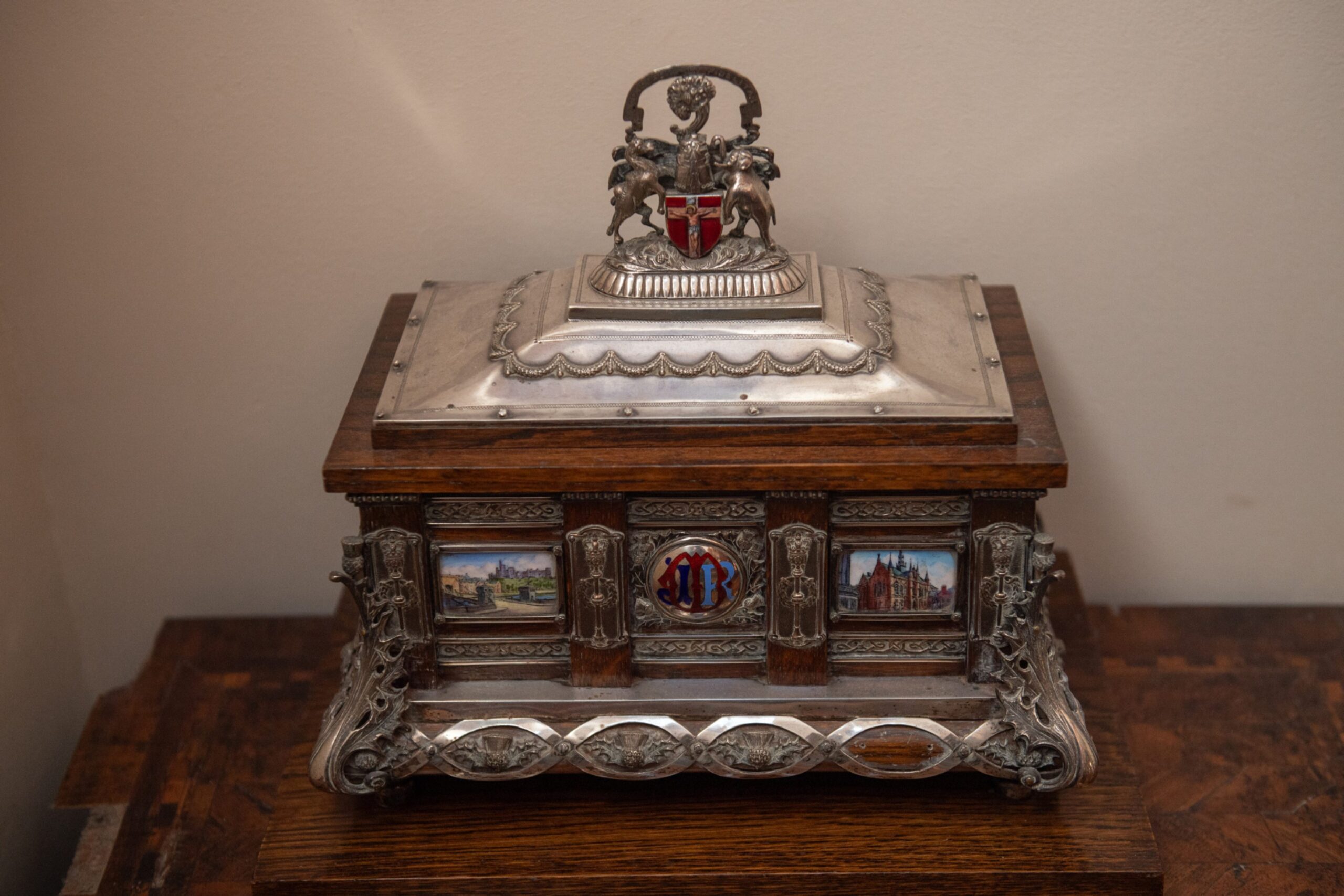
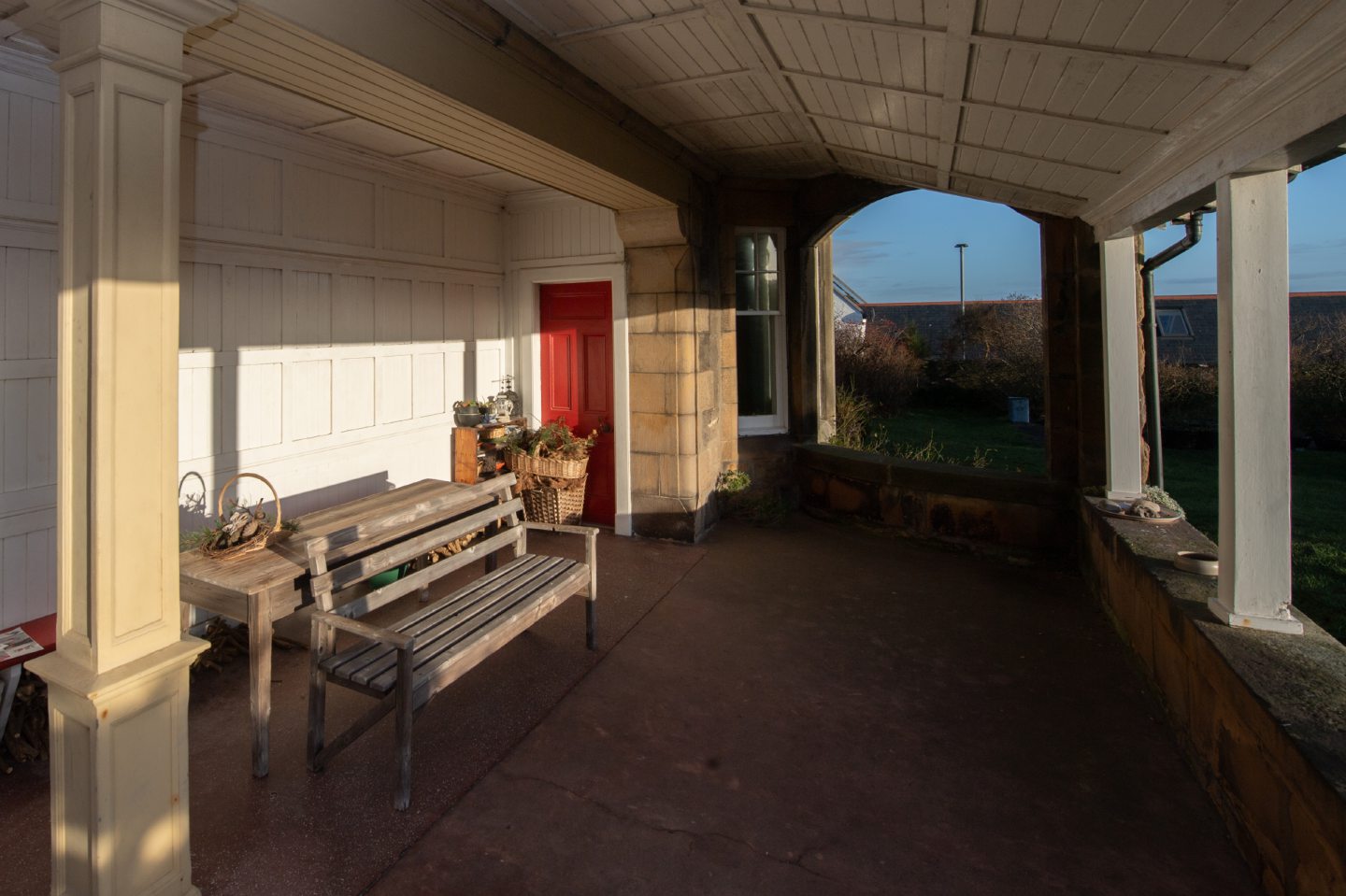
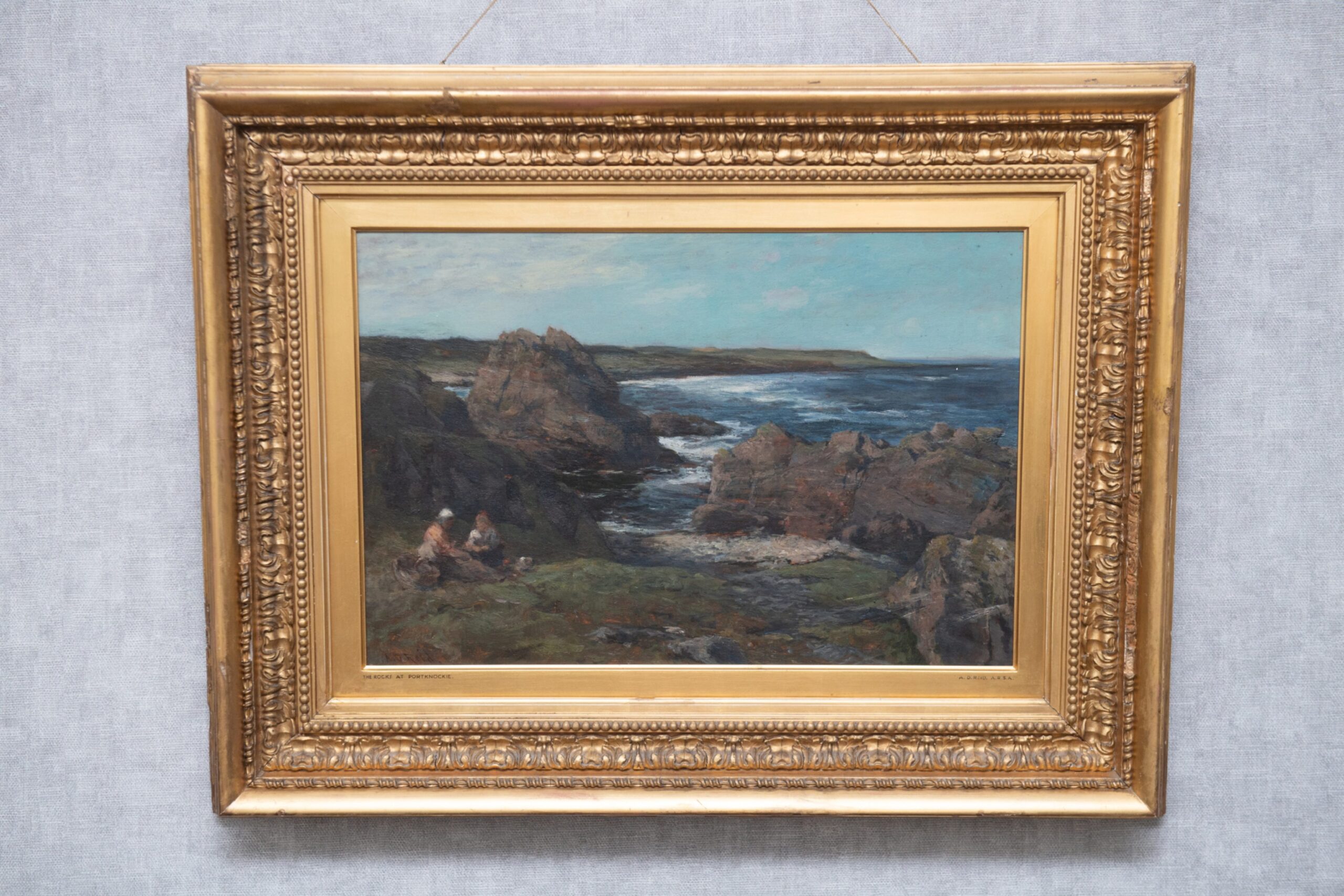
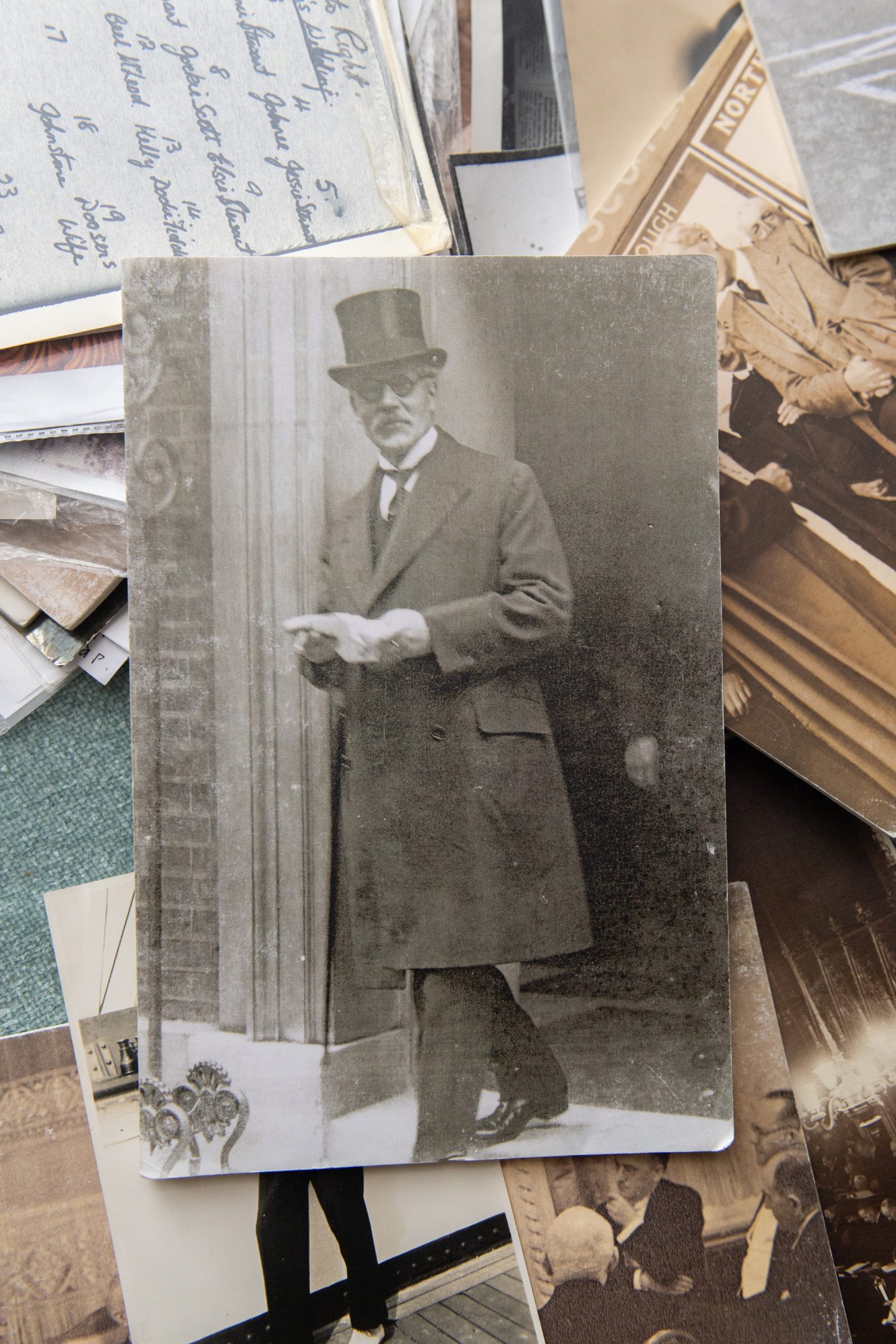
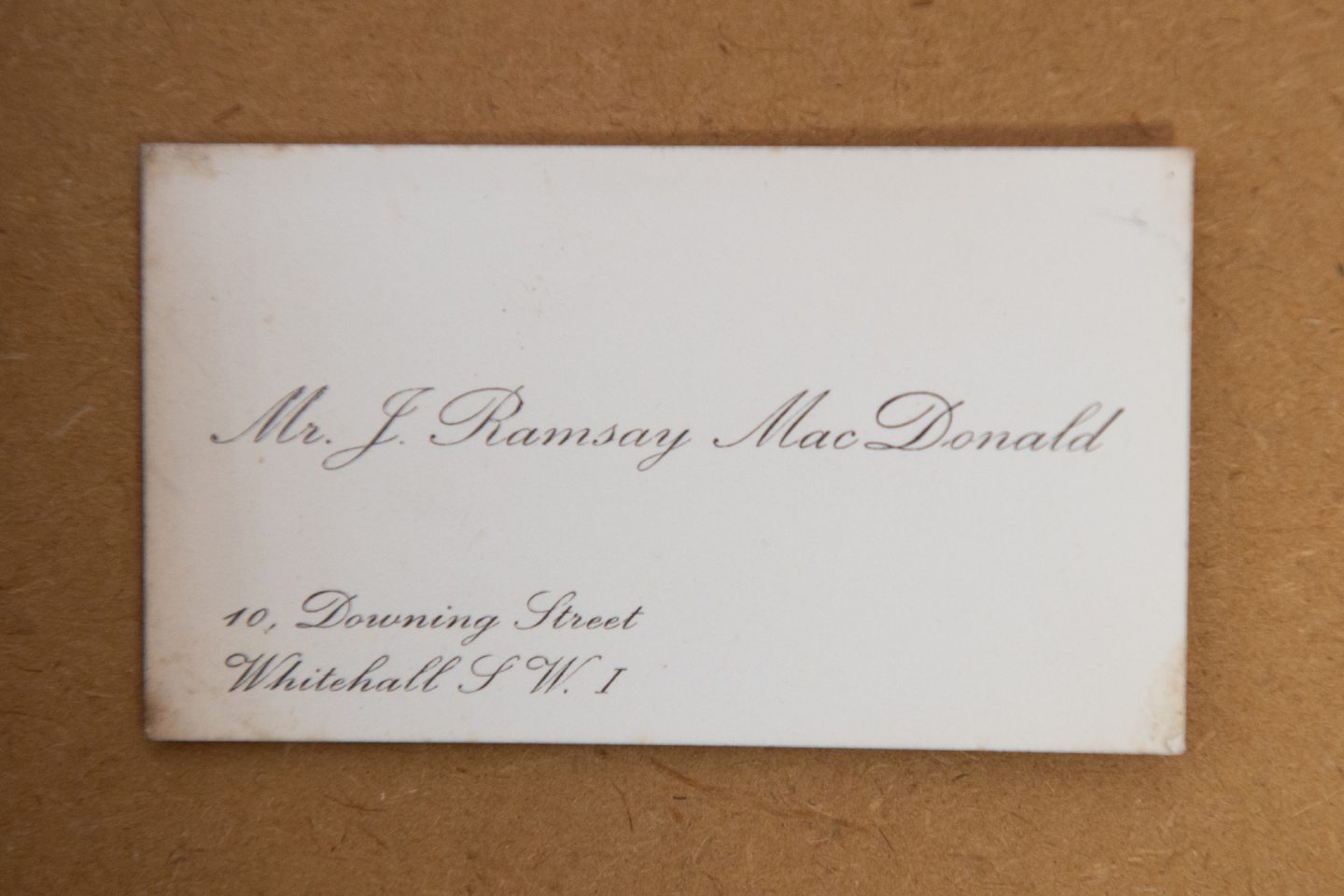

Conversation